Table of contents
Amazon URLs can be confusing. Sometimes they are super short and other times they are three lines long. So, what exactly is all that stuff in between?
As it turns out, an Amazon URL, or link path, tells Amazon an incredible amount of information and can be a powerful tool with your book rankings – if you know how to harness them or even control them!
More importantly, understanding what these links tell Amazon, can give you a major advantage in the market.
Don’t believe me?
Check out what we’ll be learning in this article and what kind of benefits understanding Amazon link structures will have on your sales:
- Basic Amazon URL anatomy
- How to conduct an Amazon search by ISBN
- How to hide your footprint while getting reviews – stop getting non-family related reviews removed!
Yeah, you read that last one right.
Using the right links can help ensure reviews from your fans and friends don’t get deleted AND can even give you a leg up in searching amazon via an ISBN.
Amazon Link Anatomy 101
But before we can dive into those two amazing benefits, you’ll need to understand the anatomy of an Amazon link and what all that gobbledygook at the end of the Amazon URL means.
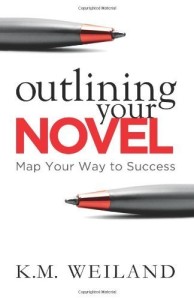
Once you understand this basic link structure, you can start constructing your own Amazon links which can give you strong returns.
For the remainder of this article, I'm going to be using the book Outlining Your Novel by the uber talented author, K.M. Wieland. Katie is also the creator of one of my favorite writing websites, Helping Writers Become Authors and I highly recommend you check it out.
And with that, let's begin!
The first thing we need to understand is that there are multiple Amazon websites. While each has the name of “Amazon” , which market you go to is predicated by the Top Level Domain (TLD) at the end. So, if you want to go to the US market, then type in “.com” at the end. If you want to go to Amazon's China website, then type in “.cn” at the end.
Here is a complete list of those Amazon markets and their TLD.
United States: Amazon.com
United Kingdom: Amazon.co.uk
Canada: Amazon.ca
Germany: Amazon.de
France: Amazon.fr
Japan: Amazon.co.jp
Brazil: Amazon.br
Austria: Amazon.at
Italy: Amazon.it
Spain: Amazon.es
China: Amazon.cn
Mexico: Amazon.com.mx
Australia: Amazon.com.au
Netherlands: Amazon.nl
India: Amazon.in
For the examples below, I'll use the US version, which is “Amazon.com.” However, if you want to apply the below information to the Canadian market, then all you'll need to do is remove the “.com” and add the “.ca” to all the links below.
Simple, right? Well, let's crank it up a notch.
When you go to Amazon.com and type in a search term like “Outline a novel”, you'll get the following resulting Amazon link:
But let’s take a deep look at that Amazon Search URL and dissect it a little to see what it all means.
&field-keyword=
This is what Amazon uses to identify which search results to show based on the keyword phrase you placed in it. In this case, it has identified that we searched for: “outline+a+novel” with “+” separating the words.
/s/?url=search-alias

This is how Amazon tells itself to use the A9 Amazon search algorithm and create a search results page, automatically sorting books by the rankings for that particular keyword term.
Back in the day when I was searching for my own book's link, I would go to Amazon.com, type in the title of my book, click on it, and copy that page's URL.
However, using that URL is a big mistake and I'll show you why.
If you did something like that, the link would look like this:

So, what is all of that?
For brevity sake, I am only going to focus on the parts you need to know about your book's Amazon sales page.
Your book's ASIN or 10-Digit ISBN

Each book on Amazon is assigned a 10-digit Amazon Standard Identification Number (ASIN) whenever a book doesn't have an ISBN number. If your book has a 13-digit ISBN, then Amazon will use the 10 digit version of the ISBN.
IMPORTANT NOTE: It is because of this that if you publish your book first on CreateSpace, and then publish a Kindle version, the CreateSpace book will rule and show up first on an “all categories” Amazon search.
We'll talk more about this a little later, but for now, just understand that number will play a big part in the “perfect link”.
Amazon Keywords Used to Find the Book

Like our search query, this link shows the keywords we used in which to find the book. It's fun to look at what other people typed to find their own book when they send me this long link.
The Tattle-Tale Tag

Okay, there is no official name for this tag, so I am going to deem it the “Tattle-Tale” tag. As far as I can tell, this is a time stamp and a marking for your unique search and selection. This number tells amazon that at this particular time, your account made this page results.
Notice that the first time I did the search, the number was 1449906235
Now, when I do the same search using the same account and same IP address, I get the same exact link, except that this time the tattle-tale tag has changed to 1449907742
Therefore, as you can see, using a full-width URL on a search will leave a trail that goes back to you! Now, this doesn't mean that everyone who clicks on that link, buys the book and leaves a review is going to have their review removed. However, it does give a trail that leads back to you and it is my belief that this could increase your chances of having those reviews removed.
I conducted some experiments over time and found that a higher percentage of review attempts from the long URL were removed. However, this is from statistics and not fact. After all, Amazon doesn't exactly tell us what they use to remove reviews.
Makes sense though, right?

This is the form of the link that you would want to send to your fans so as to ensure that there are no identifiable markings, tags, or whatever, that will connect you to it.
Just the raw link that includes an abbreviated title/subtitle sub-URL and the ASIN.
For More Information of Why Reviews Get Deleted
So, we talked about the importance of the link, but check out the video below to learn more about what else can get your reviews deleted:
Want more videos like this? Then click HERE to subscribe to my YouTube channel
Like we discussed above, the ASIN and ISBN (10 and 13-digit version), are actually interchangeable.
So to help you find what you are looking for when searching for books via an ISBN, ASIN, or 10-digit ISBN, I've developed a quick cheat sheet to use. Plus, understanding how these numbers work and are intertwined within Amazon, will help you with understanding your own link structure creation.
Conducting an Amazon ISBN Search
If you have the ISBN of a book and want to find that particular book on Amazon, then use Amazon's advanced search located here: https://www.amazon.com/advanced-search/books
Fill in the ISBN number and Amazon will take you directly to it.
Need Help with Your Keywords?
Take my full featured video course on how to select the best keywords and categories for your book.
Take the CourseConverting an ASIN to an ISBN
If you pulled the ASIN from an Amazon URL like we discussed above, you can convert it to a 10-digit ISBN or 13-Digit ISBN by using the following ASIN to ISBN converter: https://www.barcoderobot.com/asin-ean/
Converting ISBN to ASIN
Again, if a book has an ISBN, then the 10-digit version of the ISBN will be the acting ASIN (for the purpose of building the Amazon search URL). All you need to do is just place the 13-digit ISBN number into the Library of Congress' ISBN converter and it will produce the 10-digit version which will act as your ASIN.
Which Link Should You Send to Your Fans?
So, let's go over what we've learned.
If you do the method of searching for your book, finding it and clicking on it, and using that URL, you'll leave a tag that attaches your account to that link and lets Amazon know that you sent the link to whoever clicked it. This causes a red flag and heightens the probability that the review is tainted and will be deleted.
Again, that's not always the case, but it's just one more way of telling Amazon that you have a connection to that person.
So, the best link to send to someone is the following:

NOT this one:

Plus if you are an Amazon keyword person like me, you definitely don't want to show everyone which keywords your book is ranking for by sending out the link directly above. That's like broadcasting “hey guys, this is my keyword phrase that is totally making my book get bought by more people.”
Alrighty, well thank you for sticking to the end and reading all about the wacky wild world of what an Amazon search URL is, the perfect Amazon links for reviews, and conducting an Amazon search ISBN function.
Cheers,





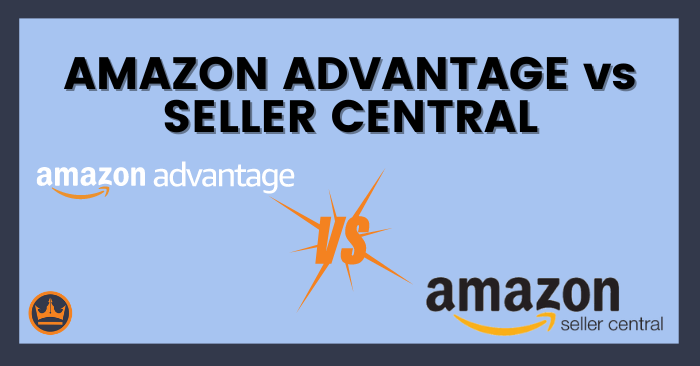
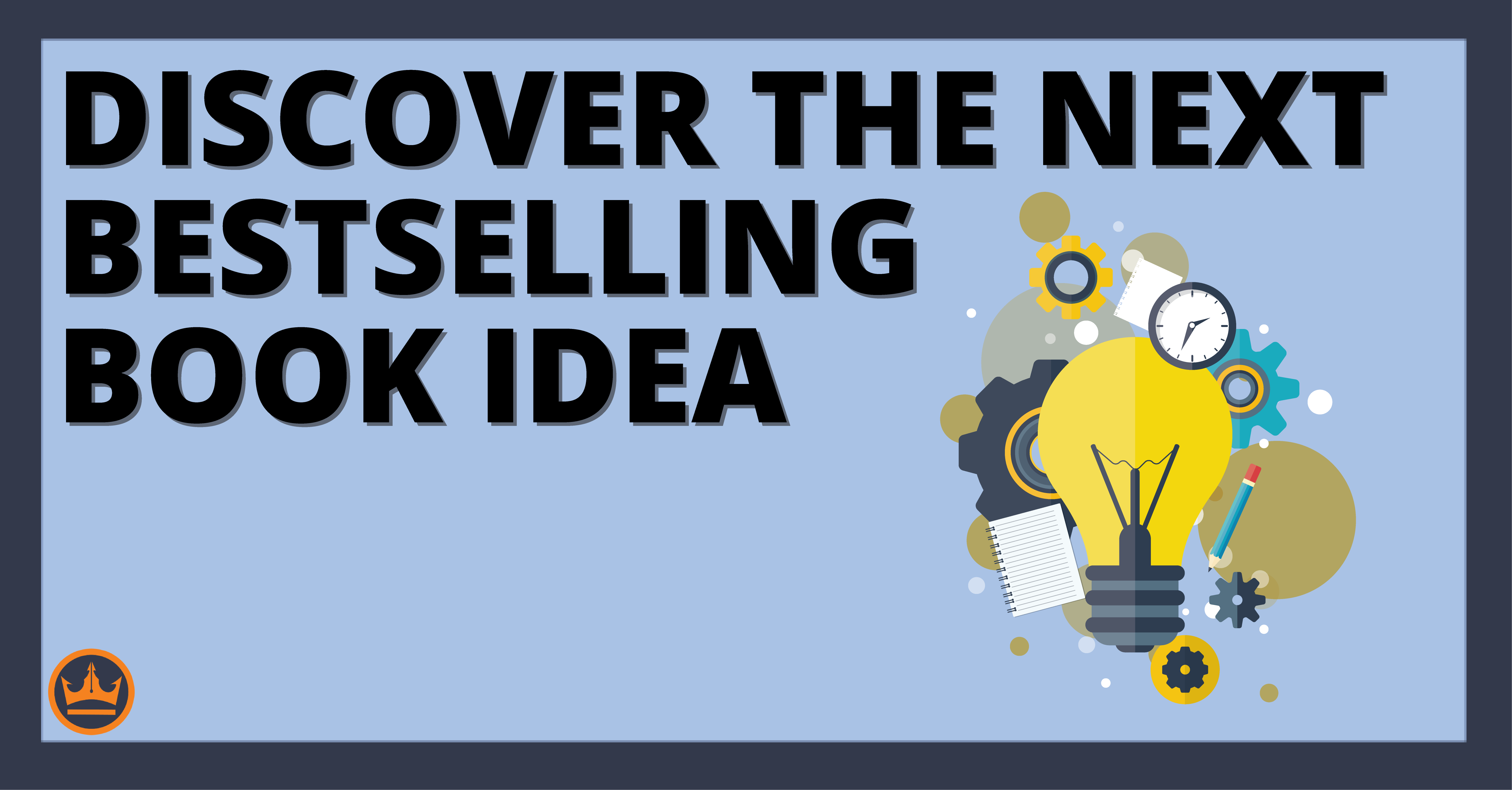

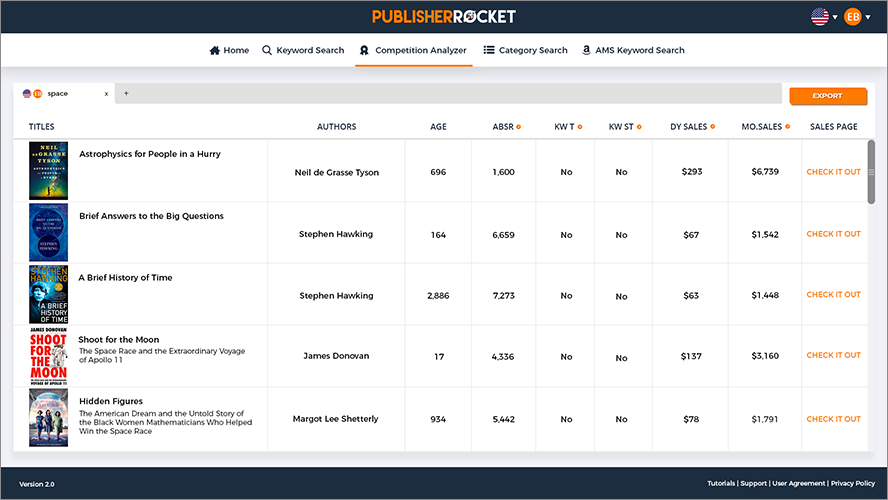
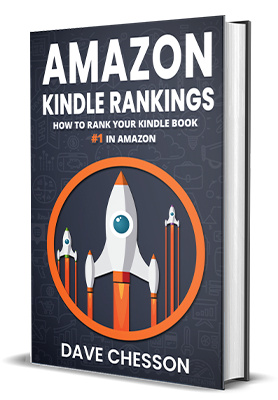
Now just trying to figure out what
All that after the keywords means.
I. E. Tag=
And
Linkid=Came across looking like a scrip, via a bitly link. But decoding it, it was just an Amazon url. I think It is giving referral credits to someone. Not an item I’ll get, but perhaps percestant
It means they are using an Amazon Associate link.
Hi,
recommended site for asin conversion: http://www.asinlab.com.
This site converts from asin to upc,ean,isbn and more (and vice versa). Super easy to use – no registration needed.
Hey Dave,Great article. Very helpful.Also, love using KDP Rocket. Outstanding product.I have a question very relevant to this article. I’m not sure if this is the right place to ask it, but I’ll do it anyway, and if this is not the correct place, I’ll trust that you will direct me to the right place for this discussion.About two years ago I was reading some information from an experienced Kindle publisher and marketer about how to configure the links to your ebook (e.g., from your website, from within another ebook, from within emails, etc). His recommendation was that you configure the URL of the link so that it is a search request to be conducted on Amazon AND that you configure that URL search request to include only two search parameters: 1.) one keyword (that you want to rank for); and 2). your ebook’s ASIN.Thus, the search would return an Amazon SERP with ONLY ONE result “ your ebook with it’s title linking to the books product page AND a Buy Now button at the top of the SERP next to the book cover. This person indicated that from his and others research, that Amazon gives some significant Amazon SEO juice to a book and it is ranking for a keyword when it ends up in a SERP for example, if a customer searched for a keyword and parts of the title of your book. If your book is searched for along with a keyword AND ends up at or near the TOP of the SERP, that is good SEO juice. Using this strategy, your book would be the ONLY book on this SERP thus giving your book some good SEO juice.Here is a current link (I tested it today) example of a browser search query that demonstrates this concept. The keyword is mystery and the ASIN number that I tested was for Dan Browns book, The DaVinci Code.http://www.amazon.com/s/ref…[DAVINCI CODE ASIN WAS HERE]When this link was entered directly into my Chrome browser search bar, it returns an Amazon SERP with the only book on the SERP being The DaVinci Code. I.e., the link worked as intended.Given that this information was put forward a couple of years ago, and given that things change a lot with Amazon, and given that I think you are more on top of the current Amazon Kindle SEO stuff than anyone else I have seen as of late, can you comment on this strategy, please.Is this still viable? Is it a good strategy? Or, has Amazon caught onto this and done something to take away the SEO juice for those types of links – or even worse has Amazon defined this as a black-hat strategy and figured out a way to penalize your book’s rankings for the use of that type of a link.Your guidance would be appreciated.Thanks.
Hey Dave,
Great article. Very helpful.
Also, love using KDP Rocket. Outstanding product.
I have a question very relevant to this article. I’m not sure if this is the right place to ask it, but I’ll do it anyway, and if this isn’t the correct place, I’ll trust that you will direct me to the right place for this discussion.
About two years ago I was reading some information from an experienced Kindle publisher and marketer about how to configure the links to your ebook (e.g., from your website, from within another ebook, from within emails, etc). His recommendation was that you configure the URL of the link so that it is a search request to be conducted on Amazon AND that you configure that URL search request to include only two search parameters: 1.) one keyword (that you want to rank for); and 2). your ebook’s ASIN.
Thus, the search would return an Amazon SERP with ONLY ONE result – your ebook with it’s title linking to the book’s product page AND a “Buy Now” button at the top of the SERP next to the book cover. This person indicated that from his and others research, that Amazon gives some significant Amazon SEO juice to a book and it’s ranking for a keyword when it ends up in a SERP – for example, if a customer searched for a keyword and parts of the title of your book. If your book is “searched for” along with a keyword AND ends up at or near the TOP of the SERP, that is good SEO juice. Using this strategy, your book would be the ONLY book on this SERP – thus giving your book some good SEO juice.
Here’s a current link (I tested it today) example of a browser search query that demonstrates this concept. The keyword is “mystery” and the ASIN number that I tested was for Dan Brown’s book, “The DaVinci Code”.
http://www.amazon.com/s/ref=nb_sb_noss?url=search-alias%3Ddigital-text&field-keywords=mystery%2C%20%5BDAVINCI CODE ASIN WAS HERE]
When this link was entered directly into my Chrome browser search bar, it returns an Amazon SERP with the only book on the SERP being The DaVinci Code. I.e., the link worked as intended.
Given that this information was put forward a couple of years ago, and given that things change a lot with Amazon, and given that I think you are more on top of the current Amazon Kindle SEO stuff than anyone else I have seen as of late, can you comment on this strategy, please.
Is this still viable? Is it a good strategy? Or, has Amazon caught onto this and done something to take away the SEO juice for those types of links – or even worse – has Amazon defined this as a “black-hat” strategy and figured out a way to penalize your book’s rankings for the use of that type of a link.
Your guidance would be appreciated.
Thanks.
Hey Joe, great question and I actually created a whole article on just that and my thoughts to each part: https://kindlepreneur.com/amazon-super-url/
Another way to get the right link.
Use Chrome
Navigate to the page
Right click and select “Inspect”
Under the HEAD tag, look for ‘link rel=”canonical”‘ and copy the link in that tag.
It will always be the safest possible link, the link that Google would serve you.